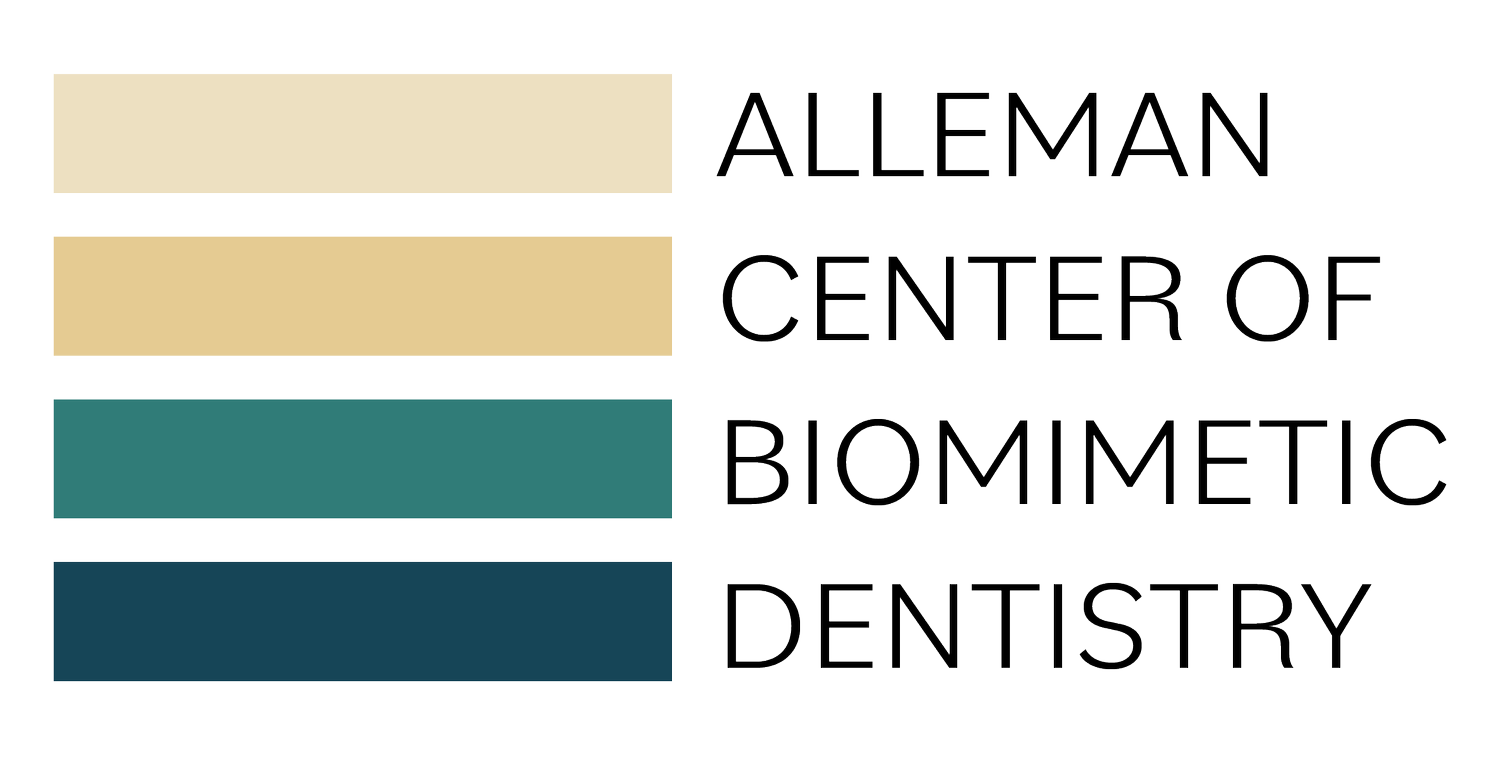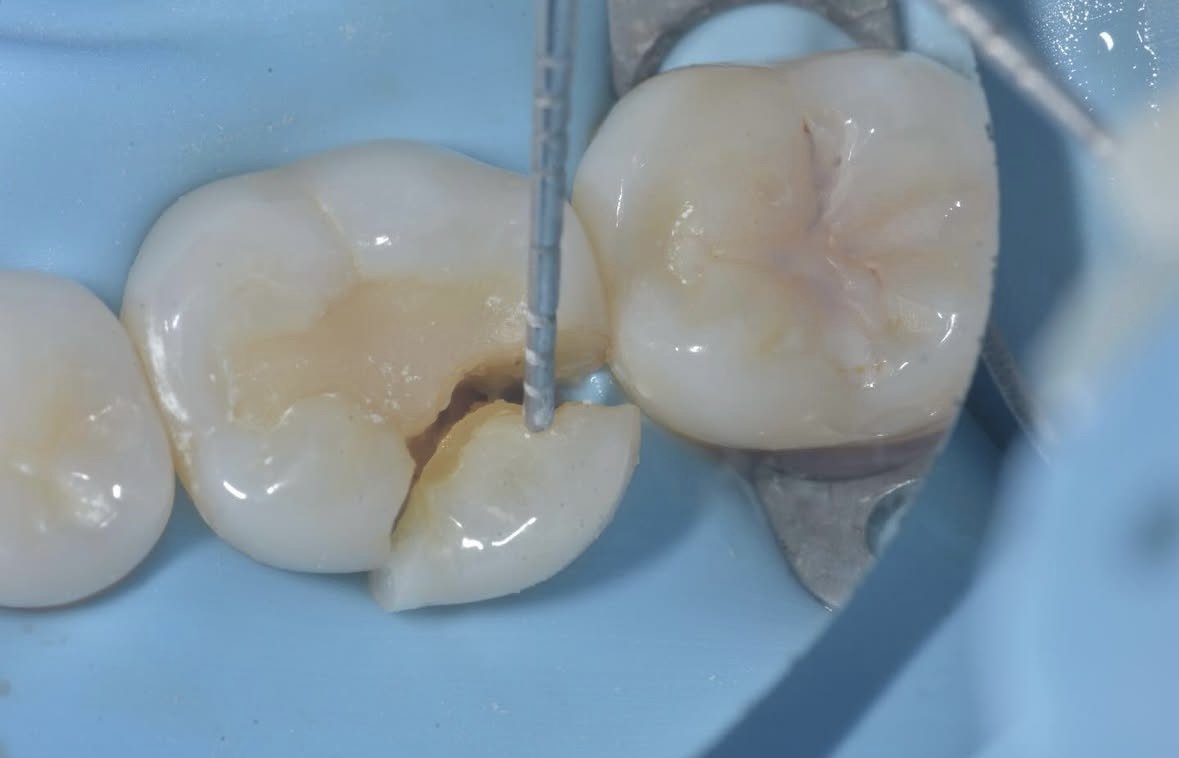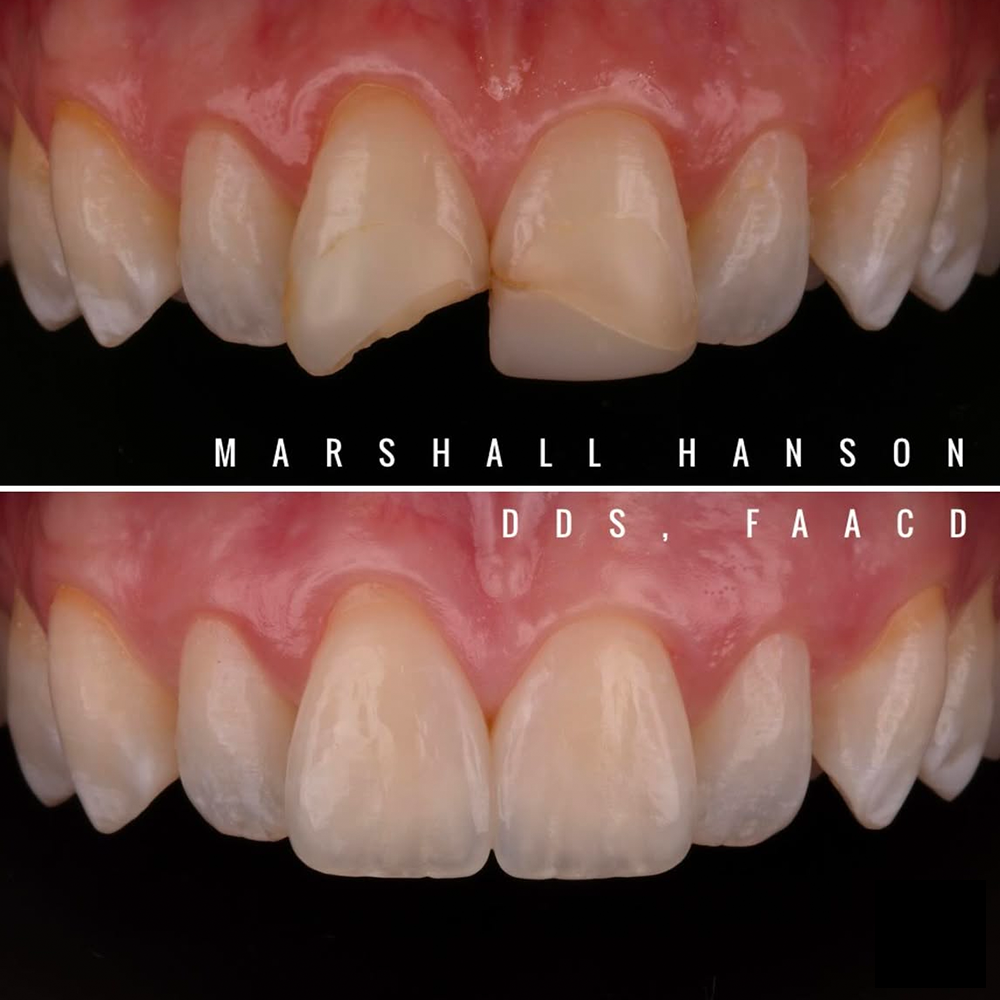Lesson 2: Structural Analysis and Treatment of Cracks Into Dentin
Creating a successful adhesive restoration is not simpler, but the advanced techniques and materials needed for a long-lasting, symptom-free restoration are worth the extra effort required. Dr. David Alleman, DDS created his Six Lessons Approach to Biomimetic Restorative Dentistry to give practitioners concise protocols for predictable results.
Lesson 2 of the Six Lessons Approach teaches structural analysis necessary for mimicking a natural tooth’s structure (biomimetic means to mimic nature) as well as safe crack treatment to resolve symptoms, conserve tooth structure and protect pulp vitality long-term. The Six Lessons Approach is a hierarchy, with Lesson 2 being the second most important lesson after Lesson 1. Without predictable crack treatment and scientific structural analysis, even the best adhesive techniques will not yield a long-lasting restoration.
Treating Different Types of Cracks in Teeth
Cracks are one of the most common dental pathologies after caries and periodontal disease, yet many practitioners lack confidence in their approach to crack diagnosis and treatment. Traditional recommendations for treating cracked tooth syndrome are to crown the tooth and, if symptoms persist, perform endodontic treatment.
Drawing on research from the last two decades, we now have a deeper understanding of crack initiation in teeth, how cracks present symptoms and best practices for treatment to conserve tooth structure and preserve pulp vitality long-term.
Using Dr. David Alleman, DDS’s Six Lessons Approach to Biomimetic Dentistry, teeth with deep cracks, like this case by Dr. Davey Alleman, DMD, can be treated predictably while protecting the pulp and critical tooth structure.
Horizontal Cracks in Teeth
Horizontal cracks in teeth, also referred to as oblique cracks, are a common pathology, especially in teeth with large restorations. These cracks extend horizontally and vertically around a restoration, posing a risk to cusps that may fracture as a result of the crack. In more severe cases, horizontal cracks may propagate under a restoration near the pulp. When treated early, horizontal cracks can be treated conservatively, minimizing loss of healthy tooth structure. Advanced adhesive techniques, like those used in biomimetic restorative dentistry, not only restore teeth to their natural function but also prevent future cracks from forming.
Even composite restorations can put a tooth at risk of cracking if it is not adequately bonded.
Under this large restoration, horizontal cracks are visible around the pulp. Case by Dr. Davey Alleman, DMD.
Crown Alternatives for Cracked Teeth
“If cuspal coverage is needed…. a full coverage crown is considered the least desirable treatment option”
Summitt, J.B., Robbins, J.W., Hilton, T.J. and Schwartz, R.S. (2006) Fundamentals of Operative Dentistry: A Contemporary Approach. 3rd Edition, Quintessence Publishing Co, Inc., Illinois.
This quote is from a book that most dentists learned from during dental school, so why are crowns still the recommendation for cracked teeth? In past decades, retention form was the best available option for restorative dentistry, but developments in adhesive materials and techniques allow for more conservative alternatives to crowns that save tooth structure that is essential to a tooth’s natural function and longevity.
This traditional crown did nothing to protect what remained of the tooth underneath. Cracks and a poorly bonded build-up are visible when the crown is removed before being restored with biomimetic restorative dentistry. Case by Dr. Davey Alleman, DMD.
Cuspal Fracture: Prevention and Treatment
Fractured cusps are a common failure of restored and even virgin teeth. In moderate cases, patients will notice their tooth feels different with their tongue or experience food impaction. In severe cases, patients will experience pain when larger portions of their tooth fracture. In either scenario, these fractures could often have been prevented with better crack diagnosis and restorative protocols, like those in Dr. David Alleman’s Six Lessons Approach to Biomimetic Restorative Dentistry.
A poorly bonded composite restoration resulted in cuspal fracture as seen in the initial photo in this case by Dr. Davey Alleman, DMD.
Cracks in Anterior Teeth
Cracks in anterior teeth often come from trauma or high occlusal forces. In addition to being an aesthetic concern, how these teeth are treated can mean the difference between conserving remaining tooth structure or extraction. The goal of biomimetic restorative dentistry is to conserve as much critical tooth structure as possible, even in severely cracked teeth, to prolong the tooth’s natural function as long as possible and delay more invasive treatment, like implants, until it is absolutely necessary.
Case featuring a cracked anterior tooth by Dr. Marshall Hanson, DDS, FAACD. Dr. Hanson is a Biomimetic Mastership alum and teaches advanced anterior restorations with his Marshall Hanson Method.
Cavities with Cracks in Teeth
Caries, along with the cavities it causes, is the most common dental pathology, but caries is not necessarily the cause of every cavity. Cracks that extend beyond the dentin-enamel junction, in both restored and virgin teeth, function as a highway for bacteria to enter the tooth and can lead to the formation of a cavity. Understanding crack initiation and propagation is an essential part of fully understanding how cavities form in teeth.
A large cavity with caries (shown with caries detector dye) and a crack formed under a large amalgam in this case by Dr. Davey Alleman, DMD. Unfortunately this tooth was non-vital and, due to the severity of the crack, may one day need to be extracted.
Tooth Flexure, Crack Initiation and Abfraction Lesions
Teeth are designed to bend and flex. This resilience, thanks to the pairing of dentin and enamel, allows teeth to chew for decades with minimal wear. While this tooth flexure that the tooth was designed for is normal, flexure beyond the normal limits, whether from an unbonded restoration or non-ideal occlusion, can damage the tooth. Both of these concerns can be treated by mimicking a tooth’s natural form and function using biomimetic restorative dentistry.
This case by Dr. Davey Alleman, DMD shows how poorly bonded composite allowed increased tooth flexure, causing a crack to form under the restoration.
Learn more about Lesson 2 of the Six Lessons Approach with our free biomimetic dentistry webinar.
Ready to take your dentistry to the next level?
View Alleman Center biomimetic dentistry training programs to learn the Six Lessons Approach to Biomimetic Restorative Dentistry with leaders in the field.












